Packaging samples give you a tangible way to test and perfect your packaging design. Whether it’s verifying structural sturdiness or gauging color accuracy, these small-run prototypes allow you to spot flaws and optimize solutions early. In a global market valued at $1.18 trillion by 2025 (Sourcing: Mordor Intelligence), even minor improvements in packaging quality or brand alignment can lead to significant competitive advantage. Properly leveraging packaging samples also helps unify design, marketing, and operational teams—ensuring the final packaging is both functionally sound and aesthetically compelling.
Definition and Importance of Packaging Samples
Packaging samples are small-batch or one-off prototypes that allow brands to visualize and test packaging designs, finishes, and structural integrity before mass production. They range from basic white-box prototypes checking dimension and fit, to near-finished designs featuring brand colors, text, and special finishes. By physically handling these samples, teams can identify potential flaws—like an overly tight fit, color mismatches, or fragile corners—before proceeding with large-scale orders.
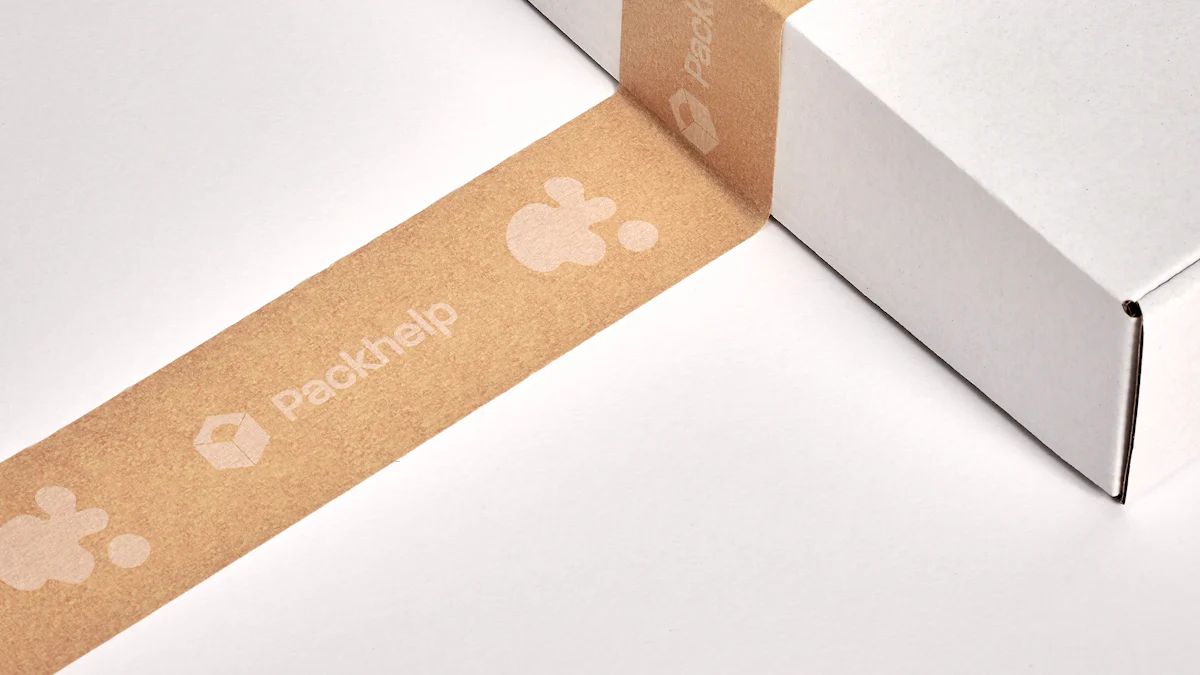
Samples also help gather feedback from stakeholders or even target customers, letting you gauge if the look and feel matches brand ethos and user expectations. In short, sampling is a risk-reduction and quality-control tool that ensures packaging sets a positive tone for your product’s unboxing experience.
How Packaging Samples Influence Purchasing Decisions
At a consumer level, packaging can shape first impressions and loyalty. Samples let you confirm that your brand’s visual cues (color, typography, finishing) mesh cohesively, translating intangible brand promises into something tangible. Eye-catching or premium-feeling packaging often stands out on shelves and in e-commerce listings, contributing to higher perceived product value. By polishing your design through samples, you improve the odds of captivating shoppers and encouraging repeat sales.
Types of Packaging Samples: From Prototypes to Final Products
Packaging samples aren’t one-size-fits-all; they vary in complexity, material specificity, and associated costs. Below are the main categories, summarized in a table for clarity, plus deeper discussion on each type’s typical cost and purpose.
| Type of Sample | Description & Cost | Purpose |
|---|---|---|
| Rough Prototypes (Standard White Sample) | Basic white or unprinted mockups; minimal finishing. Cost is relatively low, as no special coatings or dyes are used. | Early-stage dimensional checks, structural feasibility, quick feedback on box shape or closure. |
| Digital/3D Mockups | May be digitally printed or 3D-printed. Cost varies; simpler prints are cheaper, while advanced prototypes or 3D prints can be moderate. | Quick turnarounds, visualizing brand elements or verifying color. Often used when fine-tuning design quickly. |
| Production-Grade Samples | Closely match final specs, including brand colors, finishes, correct materials, etc. Higher cost, reflecting the actual processes used in mass production. | Final validation before large-scale runs, ensuring color fidelity, finishing quality, brand synergy. |
Rough Prototypes (Standard White Sample)
Rough prototypes, often referred to as standard white samples, contain no custom printing or specialized coating. They rely on basic materials—like plain white paperboard or card stock—chosen mainly for checking dimensions, folds, or the shape of the packaging. Costs remain low because you’re not investing in design plates, brand colors, or finishing. Despite minimal aesthetic resemblance to the final product, these prototypes are extremely valuable for testing fit (avoiding oversize or too-tight boxes), verifying closure mechanisms (tuck-flap or magnetic), and adjusting structural details early on.
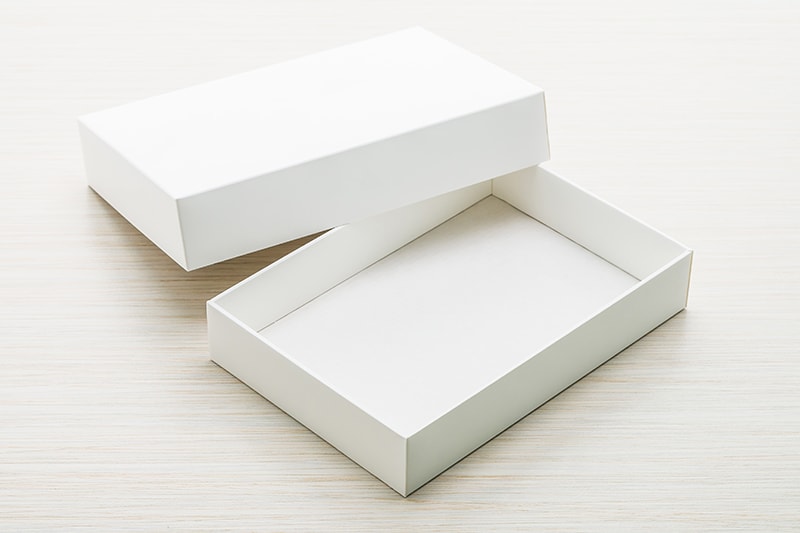
Digital/3D Mockups
Brands seeking a fast or cost-effective approach might opt for digital printing on minimal runs or even 3D-printed packaging forms if shape is complex. These samples can incorporate partial or full brand visuals, although the choice of paper stock or color might not match final production grade. If you’re exploring multiple design directions or colorways, digital mockups allow low-commitment iteration. While cheaper than production-grade samples, they still provide better fidelity than standard white prototypes, guiding decisions on color layout or brand icon placement.
Production-Grade Samples
These samples replicate the actual mass-production materials and finishing processes, presenting near-final versions of your packaging. Although they’re the priciest option—accounting for printing plates, embossing dies, or specialized foils—they yield crucial insights into how your brand colors render on specific substrates or how certain coatings feel to the touch. Production-grade samples function as the ultimate “dress rehearsal”: if everything checks out, you can proceed with confidence; if any subtle defect emerges, you can still rectify it prior to large-scale print runs.
The Role of Packaging Samples in Marketing and Brand Identity

Packaging is a brand ambassador that can transform everyday goods into experiences. For marketing teams especially, samples allow experimentation with brand visuals—like the interplay of bold shapes or refined minimalism—on real physical surfaces. Testing a sample with your marketing or brand team also clarifies how cohesive the design feels against established brand guidelines and other marketing materials (like websites or brochures).
Reinforcing Brand Identity
When brand identity is about eco-consciousness, a sample can confirm whether kraft or recycled materials truly reflect that message. If you’re a luxury goods brand, sampling helps gauge whether specialized coatings (soft touch, pearlescent) produce the desired premium aura. Consistency in color usage, logo application, or brand pattern is simpler to verify when you hold the sample.
Previewing Consumer Reaction
Marketers may share advanced samples with focus groups, potential distributors, or even social media communities to glean immediate reactions. Are the logos too large? Do color choices conflict with brand perception? Are finishing touches—like foil stamping—conveying the premium vibe intended, or do they veer towards garish? Sample-based user feedback refines packaging to ensure success upon launch.
Customizing Box Samples to Reflect Your Brand Identity
Customization elevates packaging from generic container to brand statement, merging aesthetic flair with functional needs. By tailoring material, shape, color, and finishing, you can craft a signature unboxing that amplifies brand messaging.
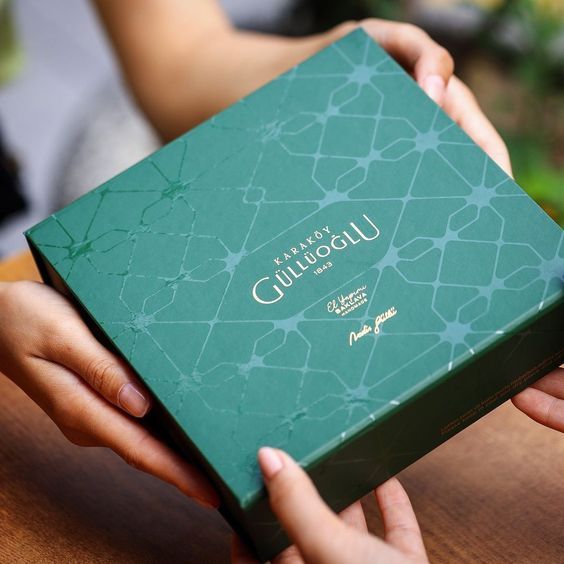
Material Selection and Finishes
Opt for materials that resonate with brand values: for instance, kraft for an artisanal or sustainable impression, or glossy SBS for a refined, luxury tone. Combine with foil stamping, embossing, or specialty laminates that accentuate brand logos or design elements.
Brand-Specific Dimensions and Structures
Your product’s shape, consumer usage, and brand style can inform unique folds, handles, or compartments. This extends to interior details—like brand patterns or small brand messages on the inside flaps.
Best Practices
- Harmonize Colors: Ensure brand palette usage across the entire sample, double-checking printing or finishing compatibility.
- Highlight Key Brand Elements: If you emphasize artisanal heritage, incorporate small brand stories or icons; if minimalism is your hallmark, keep lines clean and uncluttered.
- Balance Visual Flair with Practical Opening: A visually stunning design must remain easy to open—consumers can be frustrated by overly complicated closures.
Through these approaches, your sample box clarifies exactly how the final packaging will engage consumer senses while staying faithful to brand ethos.
Evaluating Packaging Samples: What to Look For
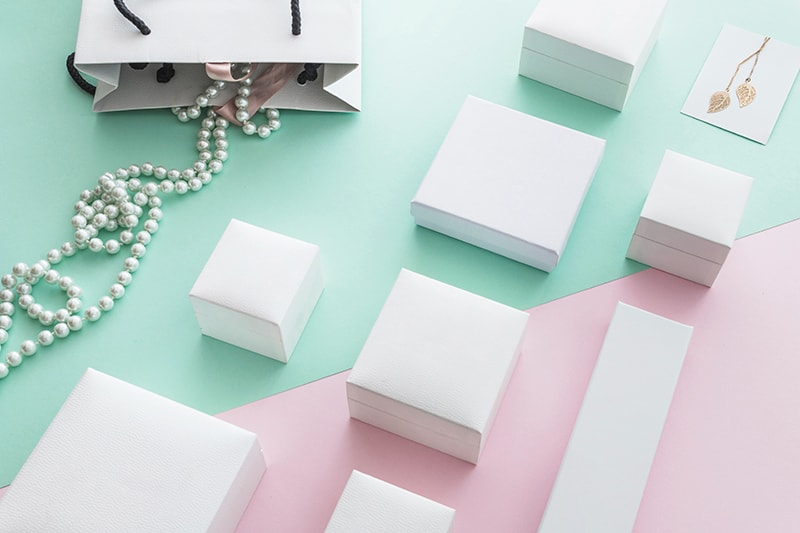
When you receive a sample, a meticulous inspection ensures it meets quality and brand standards. While every brand may have unique criteria, focusing on a few core aspects can reveal whether further refinements are needed.
Structural Integrity and Fit
Assess whether the sample’s dimensions snugly accommodate your product. Look for any leftover space causing item movement, or bulges at corners indicating misaligned folds. Check for stable seams or adhesives—weak points might fail during shipping or regular handling.
Print Accuracy and Color Fidelity
Packaging design hinges on brand colors appearing consistent under varied lighting. Compare brand pantone references or style guides with the sample’s actual ink or coating. Small color drifts can disrupt brand cohesiveness, so be sure the hue is correct, logos appear sharp, and text remains legible.
Durability and Handling
Simulate typical shipping or consumer interactions: open and close flaps multiple times, press corners, or lightly scratch surfaces. If ink smudges, lamination peels, or edges fray easily, you might need stronger coatings or revised adhesives. A robust sample signals final packaging that will uphold brand reputation throughout the product’s shelf life.
What to Do If Samples Don’t Meet Expectations
When the sample reveals issues—like mismatched brand colors, flimsy structure, or poor printing alignment—collaborate with your supplier or internal team to identify root causes. This might involve re-checking design files, adjusting color profiles, or specifying heavier board stock. In some cases, small design tweaks (like enlarging the brand logo or strengthening internal supports) fix oversights without major cost increases. Order a revised sample if major changes are implemented. Re-testing ensures your final packaging fulfills consumer expectations and upholds brand standards.
Cost Considerations When Ordering Packaging Samples
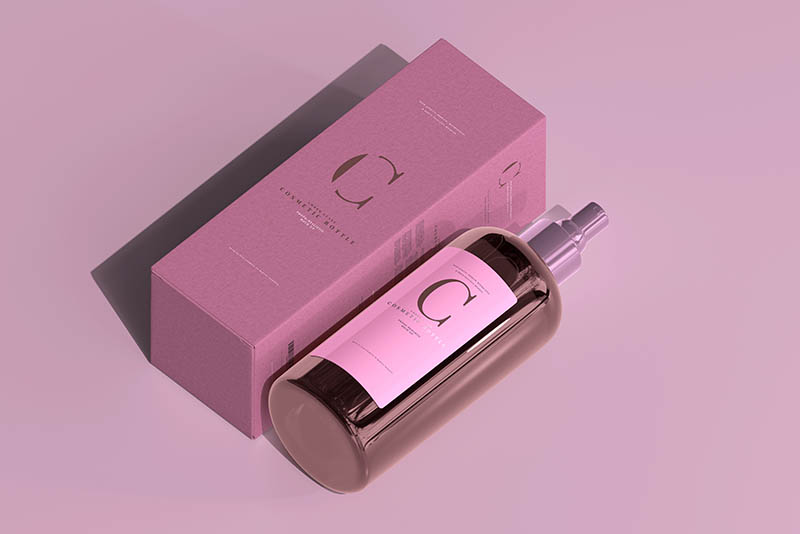
Despite packaging samples being an essential step, they add overhead that must be managed effectively.
Setup and Tooling Fees
Custom die creation, printing plates, or specialized finishing can drive up sample costs. Some vendors reduce or waive these fees if you eventually place a large production run with them. Always clarify such policies beforehand.
Per-Unit Pricing
Small-batch sample creation is naturally pricier per unit than large-scale orders. If your budget is constrained, you may want to limit the number of variants tested or combine minor design differences into one sample run.
Shipping and Lead Times
If your packaging partner is overseas, shipping samples quickly can be expensive. Factoring in shipping fees (and potential rush charges) into your budget avoids last-minute surprises. If timeline allows, standard shipping might be more economical.
In short, while these additional costs can feel burdensome, they often pale compared to the losses from committing to a suboptimal or flawed packaging design at full scale.
Conclusion: Maximizing the Value of Packaging Samples
Packaging samples are more than trial runs; they are checkpoints that safeguard your brand from design missteps and subpar consumer experiences. By exploring different sample types—from rough prototypes to production-grade—you tailor the sampling phase to your immediate needs and budget constraints. Thoroughly evaluating each sample’s structure, printing accuracy, and user handling mitigates risks before any major print runs, saving costs, time, and brand reputation.
Simultaneously, customizing box samples to mirror brand identity ensures that small design choices—material color, finish, typography—coalesce into a cohesive story. While sample creation adds expense and time, the returns can be substantial: by preserving brand consistency, boosting consumer confidence, and eliminating last-minute reprints or corrections. As packaging trends evolve in a market projected to surpass $1.18 trillion by 2025, harnessing packaging samples strategically helps your brand adapt quickly, align with user preferences, and maintain a competitive edge.
Contact for a Free Consultation!

